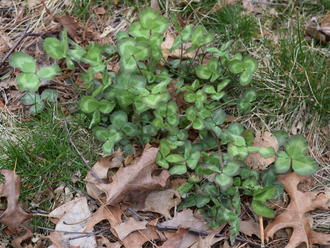Red Clover (Trifolium pratense L.)
↑Summary
Native to Europe, western Asia, and north Africa, this nitrogen-fixing plant has been introduced to North America as well as other continents.
↑Range - Expand
| Legend | Color |
| Introduced | |
| Introduced or Not Present |
This tentative map is based on our own research. It may have limited data on Canada and/or Mexico, and there is some subjectivity in our assignment of plants as introduced vs. expanded. Read more in this blog post.
Although this plant occurs somewhere in each of these regions, it may only occur in a small part of some or all of them.
↑Habitat
Mostly found in habitats created or disturbed by humans. Pastures, fallow or abandoned fields, grassy meadows, vacant lots, industrial areas, degraded grasslands, roadsides, and areas mowed only occasionally. In North America, uncommon in intact wild ecosystems.
Prefers full sun and loamy soil, but usually found only on sites with lower nitrogen. Prefers similar conditions to white clover, but as it grows more upright, does not tolerate regular mowing. On richer sites with more available nitrogen, will be outcompeted by other plants with more vigorous growth.
↑Related Plants
Numerous Trifolium species are found throughout North America. Of these, most of the native ones are rare; the most common species of this genus is white clover, Trifolium repens. White clover is similar to red clover, but has smaller leaves and flowers, grows lower to the ground, and is typically found in lawns and mowed areas.
↑Links & External Resources
• Trifolium pratense (Red Clover) | Illinois Wildflowers (About This Site)
• Trifolium pratense (Red Clover) | USDA PLANTS Database (About This Site)
• Trifolium pratense | Go Botany (About This Site)
• Trifolium pratense | Biota of North America Project (BONAP) (About This Site)
• Trifolium pratense | NatureServe Explorer (About This Site)
• Trifolium pratense | Missouri Plants (About This Site)
• Red Clover | Maryland Biodiversity Project (About This Site)
• Trifolium pratense (Red Clover) | Minnesota Wildflowers (About This Site)
• Trifolium pratense L. (Red Clover) | Digital Atlas of the Virginia Flora (About This Site)



